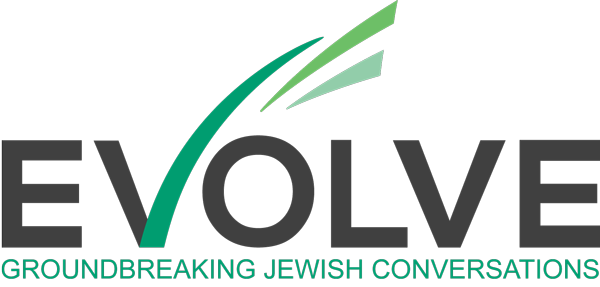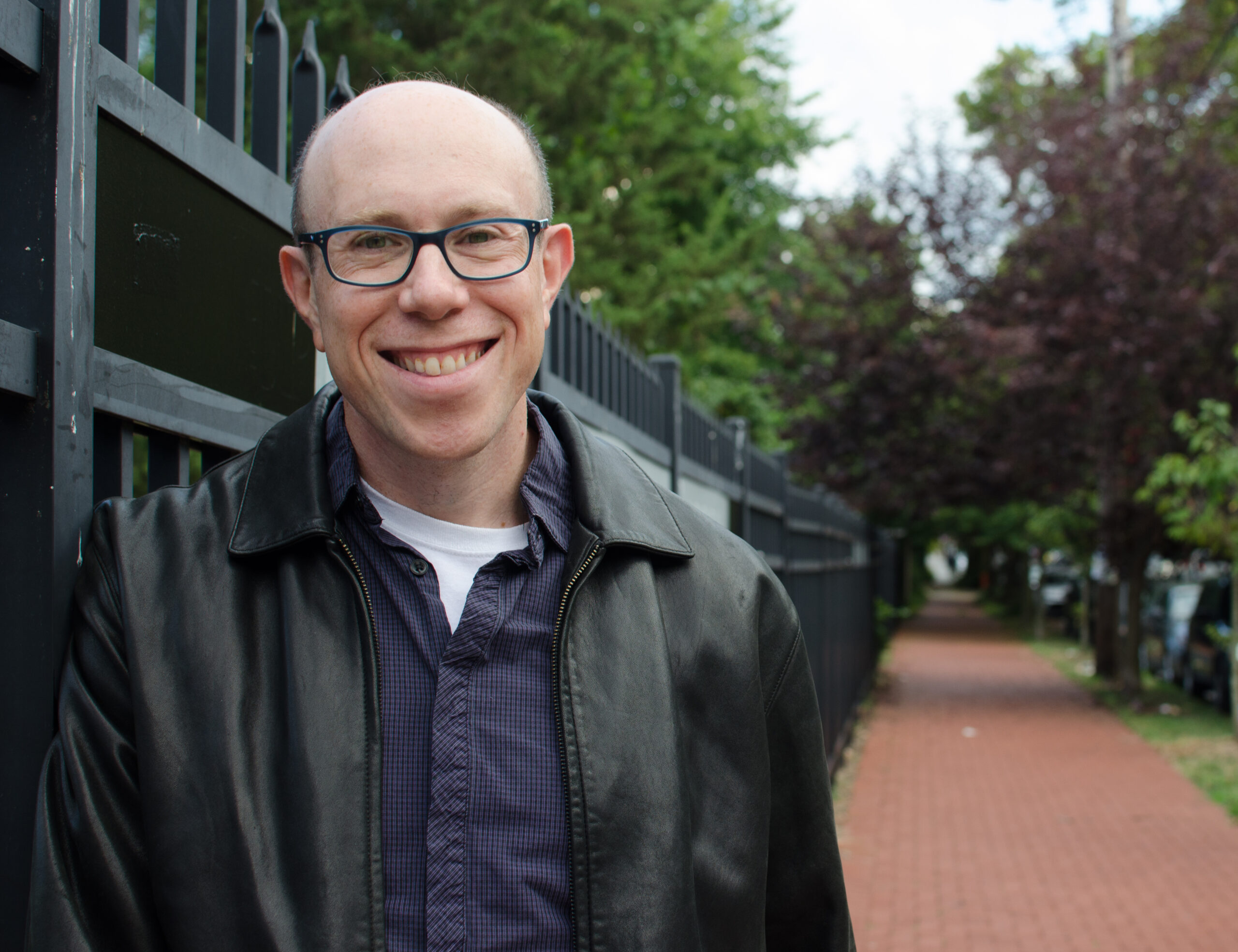Growing up, my strongest memory of “adult” services at my Reform-adjacent synagogue is a body feeling of intense physical discomfort: “nice” clothing that was scratchy and too tight, stiff-backed pews, and above all, the sound. Something about the soundscape in that sanctuary was wrong. I loved the cantor’s voice but when he wasn’t singing, I was miserable. Maybe it was the sound of people shifting in their seats, or an unfortunate echo, or the way the sound interacted with the lighting. I don’t know. What I remember is that it shut down my brain’s ability to process. It made my skin feel like it was on fire.
Needless to say, it wasn’t my favorite place to be. After I graduated high school, it was a long time before I set foot in a sanctuary willingly.
That’s a common enough story, especially among those who, like me, are neurodivergent.
Neurodiversity, a term that originally emerged within autistic community but now used to refer to a broad range of human neurological variation, wasn’t in our collective consciousness when I was growing up in the 1990s. It wasn’t even coined until 1998.
But in the last few years, it’s had something of a cultural moment, including in Jewish spaces. There are multiple online communities specifically dedicated to neurodivergent Jews — for example, the Neurodivergent Torah Project. And in my experience, a lot of Jews have come to use the language of neurodiversity to understand and describe themselves. We know a lot more than we used to, and while even a decade or so ago the word would get me blank stares in Jewish spaces, now I find that most of the time, people have at least a sense of what I’m talking about.
For full disclosure: I chaired the accessibility committee at my synagogue for several years, so I have some experience with some of the practical aspects (and deep challenges) of making it possible for more people, and more kinds of people to be “in the room,” literally and metaphorically. And indeed, my current community’s services would have been much more friendly to a younger version of myself: We provide sensory fidgets, worked hard to shape the light and sound environment of our sanctuary, and have a much more open and encouraging attitude towards people moving around the room as their bodies need, compared to the more formal services I grew up with.
All those are good things on balance, but when I reflect on my own experiences — positive and negative — in Jewish space, especially prayer spaces, there still is something that I wish was better understood.
That something is a little abstract (and perhaps I should say, this, too, is a kind of point about neurodiversity: a tendency towards abstraction is a feature of my own neurotype). It’s not about this policy or that, this accommodation or that.
Making access and disability justice our Torah means normalizing discussions of access and ability as part of the everyday rhythms of congregational life.
It’s not about more singing or less, more silence or less, more interactivity or less, more small group breakouts or fewer, more signposting of what’s happening in each part of the service or less, brighter lights or softer lights, a relaxation of dress codes to allow for more sensory-friendly clothing without singling out individual congregants, or any “slate” of accommodations. All of those are needs and desires that can manifest, that would surely help someone, but you can’t “cover everything,” whatever that would even mean. Neurodiversity really means diversity.
Instead, what I wish people knew better is this: When I was younger, I carried an immense, invisible tension around services (and other things), and I held that tension all on my own. The world around me wasn’t built for me, in a way I had little language for and even less external help. Everything felt frictiony, unwelcoming, designed for someone else. Every week was a conversation with myself about tradeoffs: Am I going to be able to handle going to services today? (or school for that matter, but that’s a different essay). Is the connection going to be worth the discomfort? Am I going to leave feeling better or worse than I came in? And all of those questions lived inside me, alone.
I once gave a sermon to my synagogue community about accessibility. I spoke about how making access and disability justice our Torah means normalizing discussions of access and ability — getting really used to talking about it — not just for some disabled “them” who represent a minority but as part of the everyday rhythms of congregational life.
And indeed, more than any specific accommodation, the most transformative thing for me has been normalization of neurodiversity to the point that it, along with other forms of difference, is one of the many things volunteers and staff think about when they think about the service experience, in the same breath as, for example, people’s liturgical preferences or food allergies at the oneg.
In other words, what I wish people did more of is talk about the (neuro)diversity that’s present in the community and get really used to noticing the many ways it can show up. Not just in general, but at an operational level when they’re thinking about all the factors that go into the service experience.
This is something that has begun in my community. It’s been far from perfect for me (and, I’m very aware, even more imperfect for some), but I genuinely don’t feel like I’m holding all of the tension within myself anymore. It’s more and more part of communal conversation. And my hope is that more and more synagogue communities follow suit.
What would our communities look like if we simply expected neurodiversity as part of the landscape, like the diversity of voices, opinions and traditions that already shape Jewish life? I suspect they would look much like they do now, except the struggles many congregants carry within themselves would gradually become more shared, and therefore easier to work with. We would discuss sensory environments with the same matter-of-fact (but sometimes quite fraught!) attention we give to choosing melodies.
And in doing so, we might find that what we’ve been thinking of as a need for accommodation is more like a need for community.








2 Responses
Thank you, Jon. These are the very kinds of issues that we are struggling with to make our congregation more inclusive. Services are only one part of building community but it is certainly a good place to start. Part of the problem, as you point out, is there is so much diversity! What is good for one person may be good, bad, or indifferent for another. So, in practical terms, what options need to be offered? We were thinking of having a “quiet room” from which one could view the service but there would be lower lighting and less commotion. But if we went to the trouble and expense of creating this space, how do we know how often it might get used? Maybe only on Purim, but that might be enough! I would love to hear from you if that is possible. Thanks!
Needed to be addressed.
Thank you,
Chloe Goodwin
Autistic 68 yr old